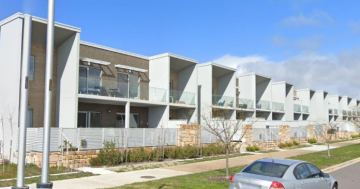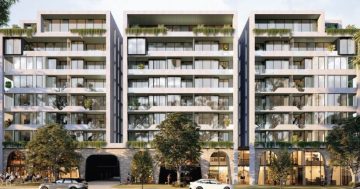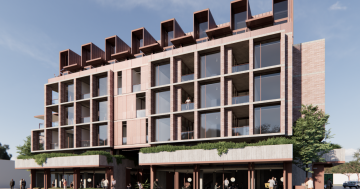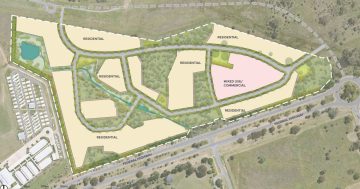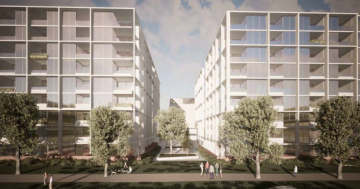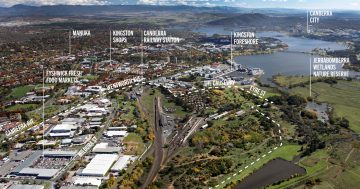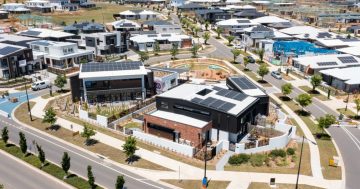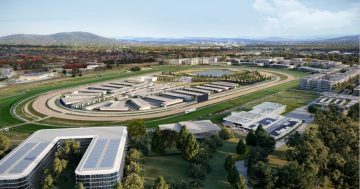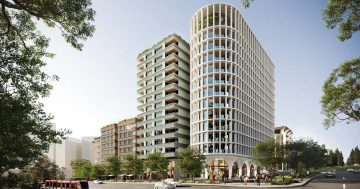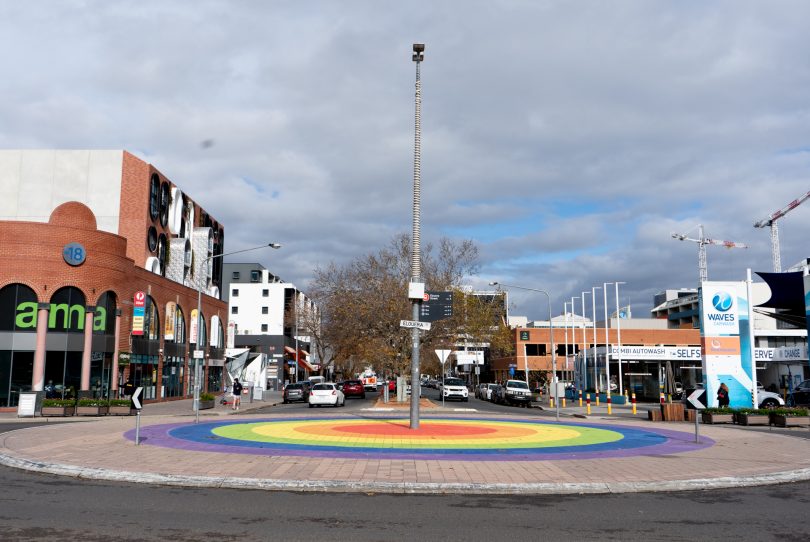
Braddon, where competing interests are clashing. Photo: Region Media.
Identifying nightlife precincts, mandating soundproofing, excluding residential development from a new CZ1 Core zone and preserving industrial areas as part of an overhaul of the zoning system have all been put on the table in a new report.
These are included in a range of recommendations in an ACT Government-commissioned study on commercial and industrial zones and mixed-use development as part of the planning system review.
Consultant SGS completed the study last October but it has only just been made public.
The study found the planning system had failed to keep up with the changing profile of precincts and how multiple activities should co-exist, if possible, with each other.
It also noted that the planning rules are not fit for purpose in determining the zoning and intent for mixed-use, commercial and industrial precincts. This contributed to a clash of interests between industrial/commercial uses and other users, including residents.
The current zoning system provides insufficient protection for commercial activity and employment, frustrating the intent of the Planning Strategy for these areas, the study says.
It found that industrial zones and precincts are increasingly used for a mix of non-industrial land uses, leading to a loss of opportunities for or conflict with genuine industrial activity.
In emerging mixed-use and renewal precincts such as Braddon, conflicts are increasing between residents and businesses over issues such as noise.
The study says that the increasingly complex environment needed to be managed if ‘desired place outcomes’ are to be realised.
The study comes as communities grapple with the fast-changing face of the ACT’s Town Centres and industrial areas where the mixed-use model, mostly high-rise residential with ground-floor retail or hospitality, dominates development.
In Gungahlin, there are fears that the Town Centre will be more of a dormitory than an employment centre, while in other areas, service and industrial businesses could be pushed out by new residential development.
In Fyshwick, conflicts between older ‘dirtier’ operations and new businesses are also occurring.
The study recommends that important lifestyle, economic or trade services be identified, as well as appropriate locations for residential development
It says the intended boundaries for nightlife precincts should be defined, soundproofing mandated as a condition of development approval and leases specify expectations around noise management.
It recommends a minimum of one non-residential floor as a buffer between the ground floor and residential uses as a condition of development approval in commercial zones.
The desired future role and function of all major industrial precincts should be identified, and uses in industrial zones should be reviewed and updated to reflect and achieve the zone’s objective and strategic intent, including removing or restricting some low impact commercial uses.
Updated design controls in the CZ3 zone could facilitate these low impact uses – gyms, lower value retail and offices – that may have previously been located in industrial areas.
There should also be buffers between industrial zones and new residential areas.












